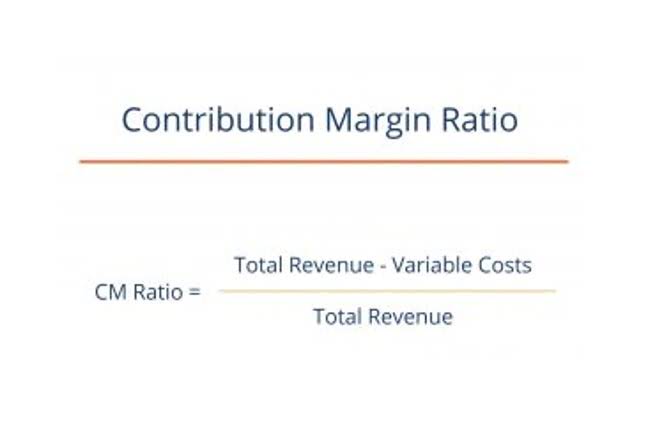
This ensures that everything from daily transactions to yearly tax preparations is accounted for. With built-in time tracking and billable expenses, invoicing clients becomes faster and more accurate. Using QuickBooks Projects, interior designers can stay organized, monitor budgets, and deliver exceptional results without losing track of financial details. QuickBooks Online offers powerful tools for interior design businesses to manage projects seamlessly.
Bookkeeping for Interior Designers: What A Top Accountant Wants You to Know

Accurate financial reports are essential for any business, but they are especially important for businesses that deal with large projects and client invoices. Financial reports can help you keep track of your progress, measure your success, and identify areas where you may need to make changes. Small, consistent steps will create a solid financial foundation that supports both your creativity and your peace of mind. Giersch Group’s full-service bookkeeping provides interior design companies with clarity and control over their financial landscape. Our accrual-based accounting system delivers a transparent view into your firm’s fiscal health, complete with CPA-ready books and regular reporting. Great bookkeeping software should integrate with not only your bank(s) but also your payment collection service and the other applications you use to run your business.
Connect Your Bank Account to Quickbooks
- A good example of such services are tax advisory or statutory filings.
- However, mastering the art of bookkeeping can be just as transformative for your business as your eye for design is for your clients’ spaces.
- The advance plan offers many means of automations that wouldn’t otherwise be included in the other three plans.
- However, if you’re planning on carrying out your accounting yourself, you should get a bookkeeping system that is simple yet robust.
- Updated and reliable financial statements can help small interior design businesses secure bank loans.
You’ll have an experienced professional meticulously managing your books – far more efficient than juggling the books yourself. Interior designers need budgeting and financial forecasting. This helps them plan for the future and make informed business decisions.
Time tracking
Accounting can help streamline project management by providing accurate and up-to-date information on the financial status of a project. You can use this information to make informed decisions about where to allocate resources, how to adjust your budget, and when to issue an interior design invoice to clients. Efficiency is the cornerstone of our accounts management services. Whether handling payables or receivables, we streamline your financial transactions to optimize cash flow. With Accracy Accounting, we provide professional bookkeeping services that are tailored to your needs.

Software integration and setup

Small business owners and interior designers often use spreadsheets or plain old pen and paper. However, the best thing to do is to purchase accounting software that can handle all your accounting needs far more efficiently. Similarly, along with paying necessary taxes, diligent bookkeeping can help you spot areas where you can avail of tax deductions or rebates on purchases and transactions. Thus timely and organized accounts will help the firm save money and thus increase profits. When hiring a bookkeeper, look for someone with experience in the interior design industry.

You should be cautious to manage your time between billable and non-billable tasks wisely and prioritize the tasks that are more important to your business. If you track bookkeeping for interior designers your time properly, you will be able to use historical data to correctly estimate how much a design project will cost. Here are some special considerations when you are doing bookkeeping for interior designers. When you fill your days creating beautiful designs, talking textiles, and communicating with clients, balancing the books may be last on your list. As an interior designer your business runs on having cash in all the right places so you can buy and style spaces to match your clients’ dreams.
Industry Knowledge Matters
- Running an interior design firm means there may be unavoidable situations where you may be required to urgently put your cash into buying goods or services you’re your clients.
- As an interior designer, while you make sure the design and execution are flawless, interior design bookkeeping lets you rest assured of its financial liabilities and profits.
- “A shoebox full of receipts isn’t going to cut it,” Megan advises.
- Check out apps like Shoeboxed to digitally save receipts and track expenses.
- FreshBooks offers far more value with features designed to scale, such as streamlined invoicing, expense tracking, and real-time financial insights.
- Every account is set up with a Client Success Lead who will be your day-to-day contact.
BAS is generally required to be filed quarterly by various businesses. We serve clients on MYOB and have expertise working in Essentials, Account Rights Plus, etc. Through that, we complete all of your work and update it on the cloud, so https://www.bookstime.com/articles/cost-principle you can have access to your data from anywhere and at any time. Help you with switching from your traditional software to Xero and Quickbooks. Compare QuickBooks Online plans and pricing to find one that’s right for your business.
Bookkeeping for Interior Designers
- Stay on top of client invoices and payments to ensure a steady cash flow and reduce the risk of unpaid invoices.
- Daily bookkeeping is essential for organizing income, expenditures, bank statements, and other financial documents.
- You might also need these receipts and proofs of transactions for your CPA or during potential audits.
- Cash basis accounting is the simpler of the two main methods.
- If you track your time properly, you will be able to use historical data to correctly estimate how much a design project will cost.
Not only can you simplify your bookkeeping with LessAccounting, but you can also use our invoicing and proposal creation tools to communicate quickly and clearly with clients. Some examples of non-billable retained earnings balance sheet tasks in an interior design project include doing research, talking with the client, and brainstorming. Although these tasks are non-billable, you have to do them during a managed time to turn them into profitability.